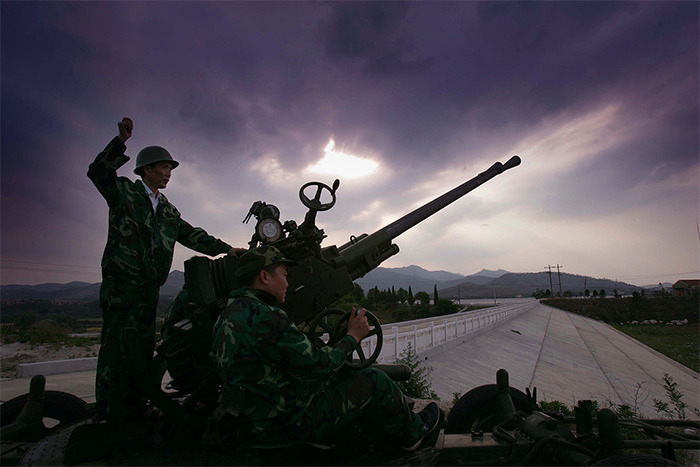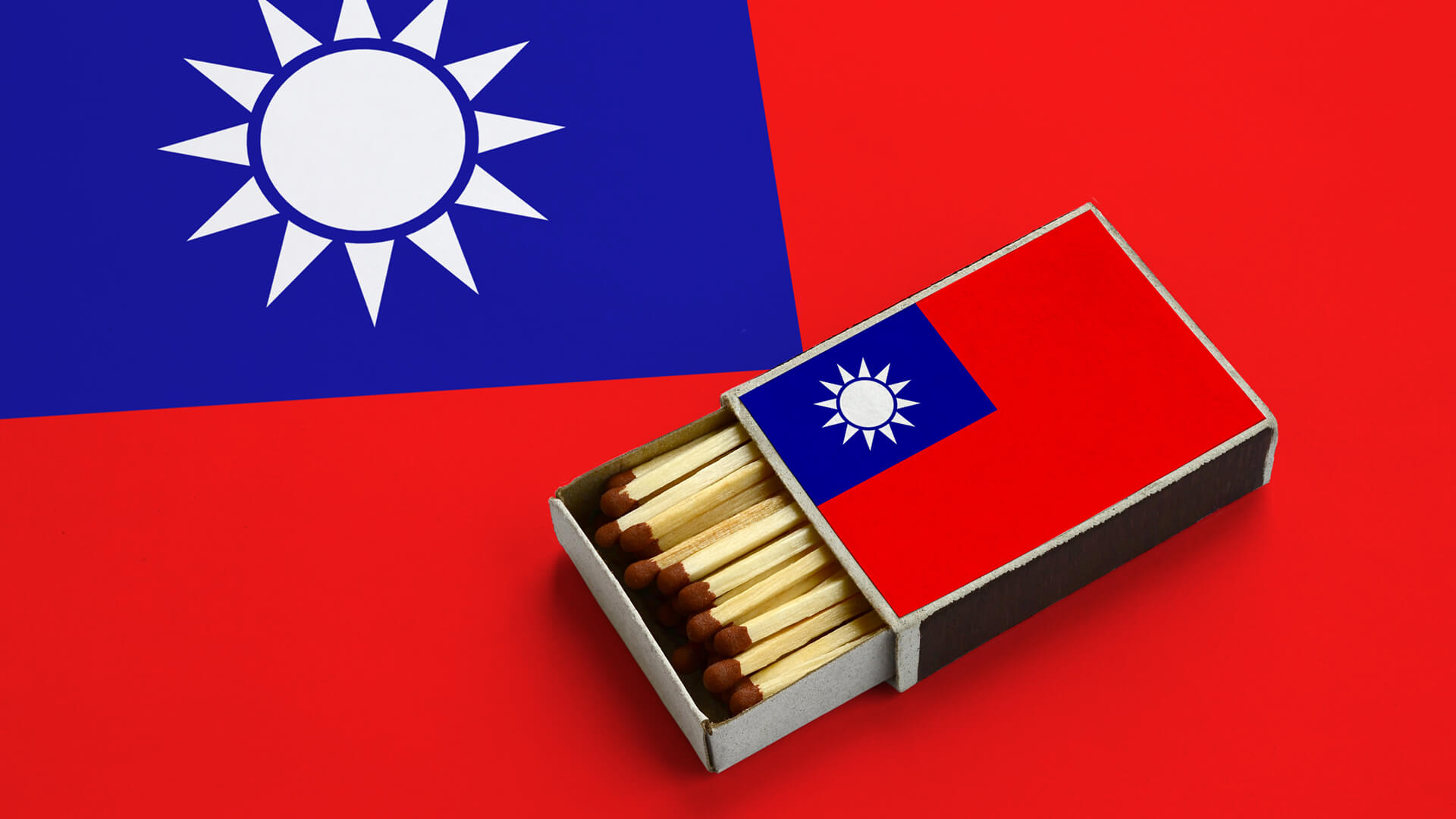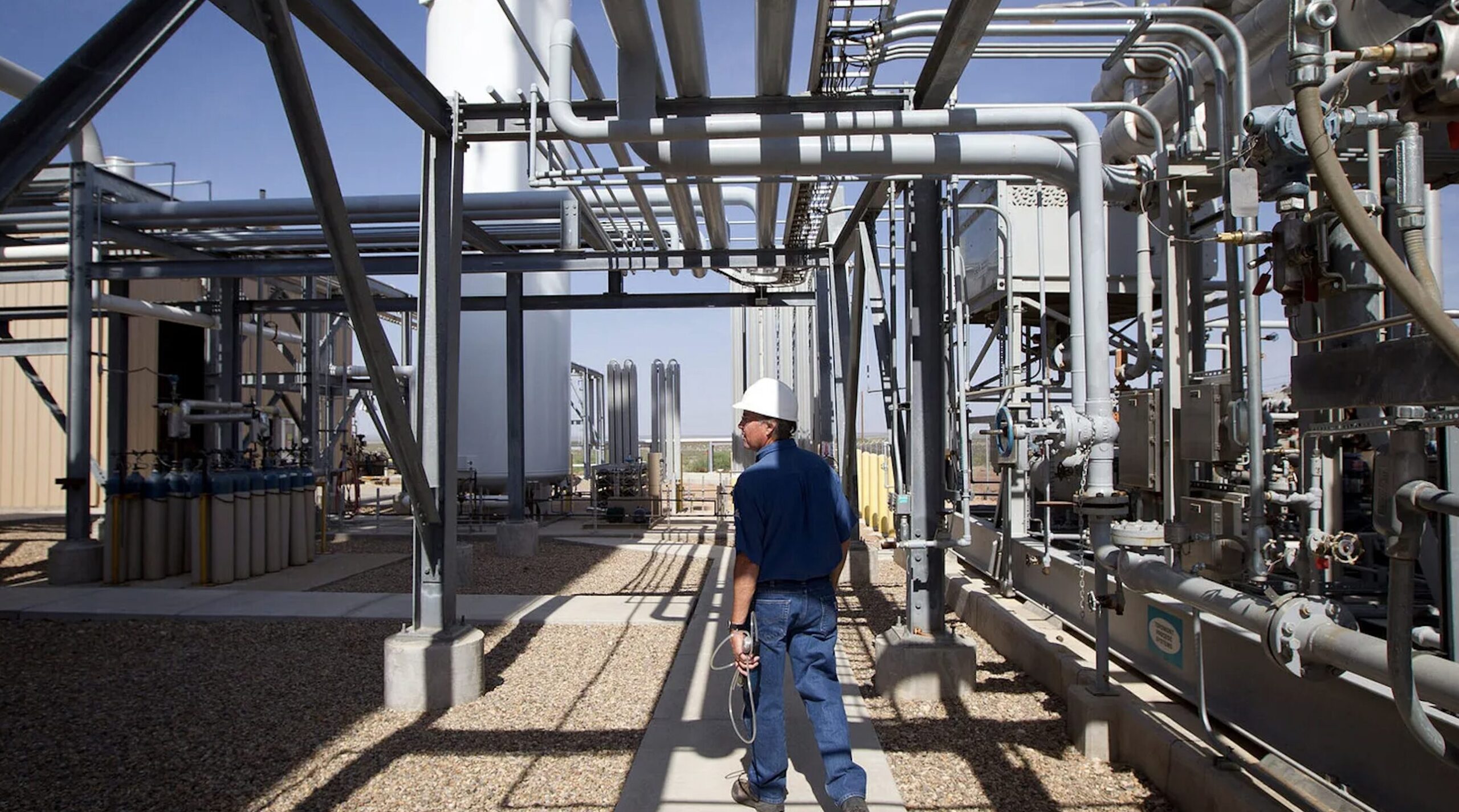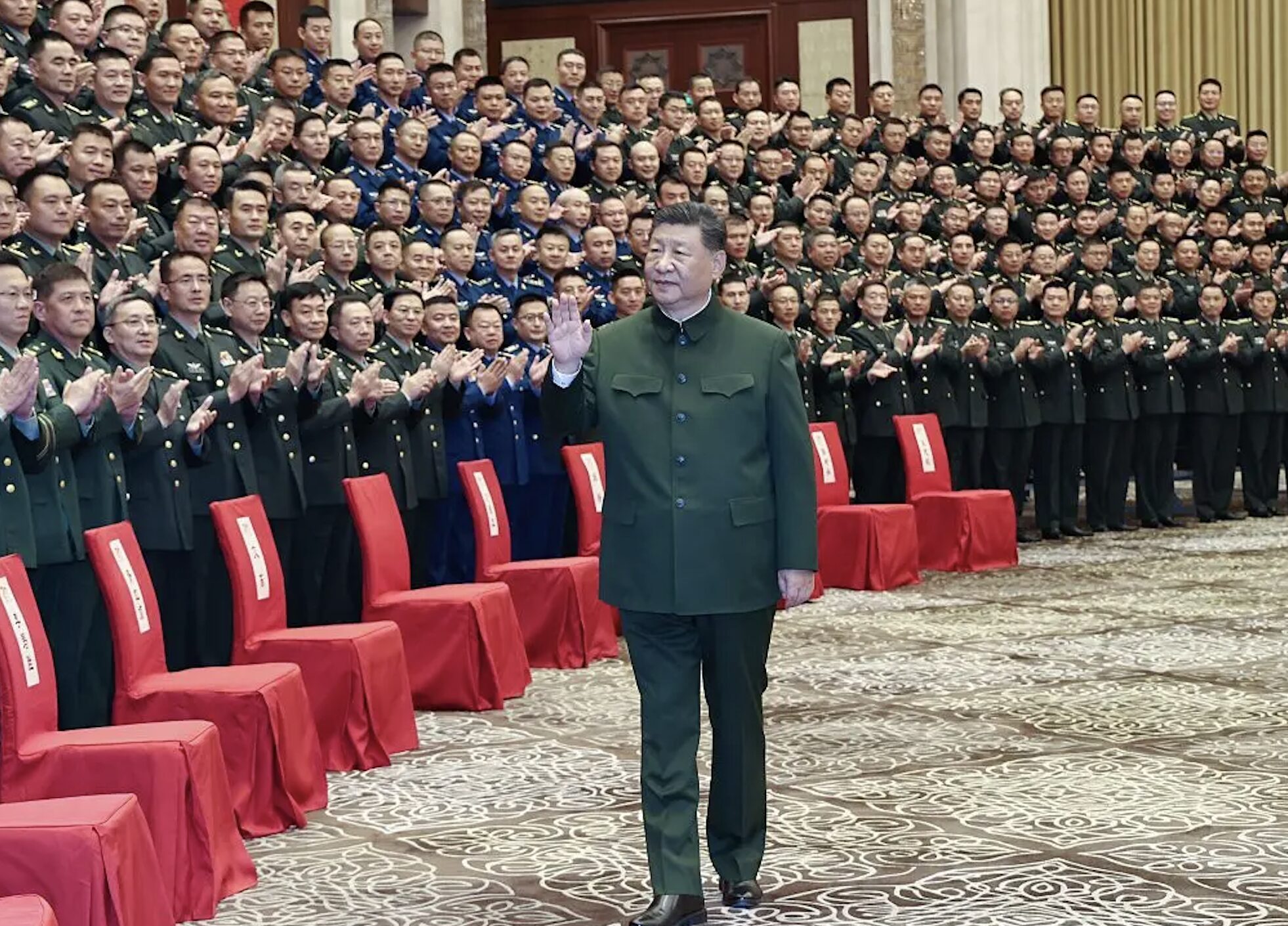For three decades, geopolitical wrangling between the two largest carbon emitters, China and the United States, has stymied every major global climate accord. But even reconciliation between Washington in Beijing is unlikely to avert a grim prognosis. A 2021 study in Science suggests that to achieve the global Paris Agreement goal of holding atmospheric warming below 1.5 degrees Celsius, China’s emissions would have to peak almost immediately and then plummet. All but the most optimistic observers doubt that this will happen.
In high-emissions scenarios, the cost of adaptation to a warming planet could reach $500 billion annually in developing countries alone by 2050, according to United Nations estimates. Most countries lack the financial resources, expertise, and long-term political will to adapt effectively. Even China, which has boldly set a target of becoming a “climate-resilient society” by 2035 knows that it cannot totally insulate itself from the global impacts of rapid warming, which could include food price shocks and mounting instability in the developing world.
That’s led a growing number of observers to consider geoengineering, a suite of techniques for artificially counteracting the effects of accumulating greenhouse gases in the atmosphere. Compared to decarbonization and adaptation, which are multidecade processes that could cost many trillions of dollars, geoengineering promises a relatively cheap quick fix and a potential bridge to hold global temperatures down until humanity invents cost-effective technologies to draw atmospheric carbon readings back down to stable levels.
But there is a big problem with geoengineering: The research and deployment of geoengineering interventions lie almost entirely outside the reach of existing international law. Without a robust global governance framework and clear guardrails to prevent unilateral deployment, this could potentially unleash geopolitical as well as ecological havoc.
The good news is that the United States and China have clear, demonstrated interests in the responsible global governance of geoengineering. Unlike during squabbles over emissions, where industrial policy and growth concerns often clash with a mandate for reduction, the two powers share a clear set of concerns. Both governments recognize the potential benefits of the technology and are actively subsidizing research. Both sides also understand that the status quo of no meaningful regulation poses an open-ended national security threat, not least because it risks provoking a technological arms race and increases the probability that geoengineering techniques could be militarized by third parties.
In the Cold War, the United States and Soviet Union eventually put aside their differences to set guardrails on the development and deployment of nuclear tests and delivery systems as well as chemical and biological weapons. This also helped them control the proliferation of world-threatening technology to rogue actors. The United States and China have a similar interest in building a rules-based architecture to protect the world from catastrophic risks and miscalculations.
The most widely discussed geoengineering technology, known as stratospheric aerosol injection (SAI), involves recreating the cooling effect of a volcanic eruption by spraying sulfate particles in the upper atmosphere. These particles refract sunlight before it enters the Earth’s atmosphere and becomes trapped in the greenhouse created by carbon dioxide, methane, and other gases. As long as continual seeding operations keep working, it is theoretically possible to dial down the proverbial global thermostat over time to neutralize the impact of greenhouse gas emissions on atmospheric warming. In the best-case scenario, this could provide a relatively low-cost bridge of a decade or two for the global economy to decarbonize and develop technologies for removing carbon from the atmosphere and sequestering it on land.
Not surprisingly, SAI is highly controversial. Computer models suggest that it might change rainfall patterns in some regions, and it might cause other damaging effects in the global climate system that are impossible to predict before the technology is actually deployed. It cannot address some of the disturbing non-temperature impacts of carbon emissions, such as ocean acidification. Put another way, SAI would artificially blunt the warming impacts of greenhouse gas emissions without tackling the underlying mechanism.
But precisely because SAI is theoretically sustainable for the long term for just a few billion dollars per year, according to a study by Yale University’s Wake Smith, deploying it could also create a situation of moral hazard for the global economy by relieving pressure on big emitters to decarbonize. If atmospheric carbon concentrations keep rising while SAI is deployed, then the world would need diplomatic mechanisms to coordinate and manage the number of sulfates being put into the atmosphere accordingly. If SAI then stopped for any reason, temperatures would rapidly rebound, creating a “termination shock” that could devastate agricultural production and even produce a global famine and extinction event.
Geoengineering also poses thorny problems for international law and global governance. Current international legal agreements, such as the Environmental Modification Convention, do not restrain the use of geoengineering for peaceful purposes. There is no international law—nor domestic law in many key countries, including the United States—that constrains nonstate actors or even wealthy individuals from deploying SAI secretly and unilaterally. The technology is potentially simple enough to implement that this is a realistic risk. The U.S. intelligence community warned in a major report in 2021 that “the lack of any country-level dialogue or governance body … increases the possibility that state or nonstate actors will independently develop or deploy the technology—possibly covertly—in a manner that risks conflict.”
As in every other aspect of climate change, China is crucial to international action to address geoengineering. As a leading scientific power with a long tradition of environmental engineering, from the Grand Canal to the modern habit of cloud seeding, China would play an important role in undertaking the research and development efforts needed to make geoengineering practical. And as a major geopolitical player, Chinese buy-in would be needed for any multilateral governance framework to succeed.
Fortunately, available Chinese open sources suggest that China understands the risks and is interested in exploring a global governance framework for managing it. China’s best-known and most influential scholar of geoengineering policy—Chen Ying of the Chinese Academy of Sciences—has written voluminously on the topic for more than a decade in peer-reviewed journals and co-wrote volumes with other prominent scholars. Chen is also one of the lead Chinese authors of the Intergovernmental Panel on Climate Change’s Fifth Assessment Report. Since the Chinese government has never taken an official position on the subject of geoengineering, Chen’s publications provide the clearest indication of what Chinese elites think about geoengineering.
Chen has likened SAI and other solar radiation management (SRM) techniques to the COVID-19 vaccine. Chen has long argued that the world faces a climate emergency, so geoengineering is an appropriate and “important technical reserve in the future, and has strategic significance related to global climate security.” It would therefore be a mistake to “blindly reject” geoengineering for political reasons. In 2013, she published a paper calling on China to “systematically deploy geoengineering research” on SRM. Two years later, China’s first research project on the subject was launched, in a joint venture between Beijing Normal University, Zhejiang University, and Chen’s own Chinese Academy of Sciences.
Chen believes that China has no choice but to keep up with Western powers in geoengineering research. This is largely because, as long as the United States and other Western countries are at the cutting edge of research and China is not. As Chen writes, “China’s voice is barely heard in international discussions on international governance.”
Chen is seriously concerned that China’s geopolitical rivals, particularly the U.S. military, could use geoengineering as a weapon. “China must remain vigilant to avoid the use of militarized logic by some countries to unilaterally deploy SAI to ensure its own climate security while threatening the security of other countries,” she notes in one essay, observing that the U.S. military, intelligence, and foreign-policy making communities are all exploring the technology. In the worst case, she argues, other countries (presumably the United States) could use the technology to “maintain their hegemony” and, in the process, “exacerbate or create new international tensions and threaten global security.” To manage the risk, she thinks China must work to establish multilateral institutions to govern research and deployment. This is a technology that “requires great caution and a strict regulatory system,” the sort that can work only if it is global in nature and anchored in a common understanding between China and the West.
Yet Chen and her various co-authors seem keenly aware that China’s own geoengineering research efforts could be misperceived. “Even small-scale outdoor scientific experiments are sensitive and easily attract international attention or even misunderstanding,” she notes. Particularly relevant here is weather modification, the practice of spraying chemicals into the air to increase rainfall in times of water shortages.
Weather modification typically has much narrower effects than those envisioned by SAI, since it disperses the particles at lower altitudes and affects rainfall only in specific regions. The technology was invented in the United States, and many countries deploy it at a smaller scale. Yet China for the last six decades has been the most enthusiastic practitioner of weather modification, which it uses to manage rainfall for agricultural purposes. The country has large government agencies, employing tens of thousands of people, dedicated to the practice. Some American commentators believe it is just one small step for China to unilaterally deploy SAI. Chen for one believes that China must urgently do more to “clarify that artificially influenced weather is fundamentally different from SRM” to “avoid intentional or unintentional confusion by some Western countries.”
Engaging Beijing in geoengineering governance should proceed on three fronts. The first is to include Chinese scientists in multinational dialogues on responsible geoengineering research. Several countries, including Australia and the United States, have initiated practical geoengineering research programs, but none appear to include China. Doing so would nonetheless carry scientific as well as diplomatic value. Chinese scientists have considerable expertise in the technologies that might support advanced geoengineering interventions.
The second step is for Washington to engage Beijing directly on geoengineering governance. Doing so would require navigating the growing breach in bilateral relations, but the dire state of the world’s climate, including China’s record-setting recent heat wave, provides an entry point to doing so. The focus of discussions should be on enforcement mechanisms for an international agreement on geoengineering. This engagement should also aim to restore broader dialogue on climate change and, in particular, a focus on adaptation.
A third and final priority is to involve Beijing in high-level, multilateral talks on specific rules to constrain geoengineering development and deployment as well as compensation for those countries negatively affected. These rules should address practical questions like overflight rights for SAI as well as creating special funds for countries and regions negatively impacted by depressed rainfall or other effects of geoengineering.
If SAI is technically viable, which many experts believe it to be, then it is only a matter of time until some state or nonstate actor is tempted to deploy it unilaterally. If U.S.-China climate diplomacy remains stalemated, this moment might come sooner than most observers expect. Both countries owe it to each other—and the world—to begin discussions now to prevent this world-altering risk from being realized.







